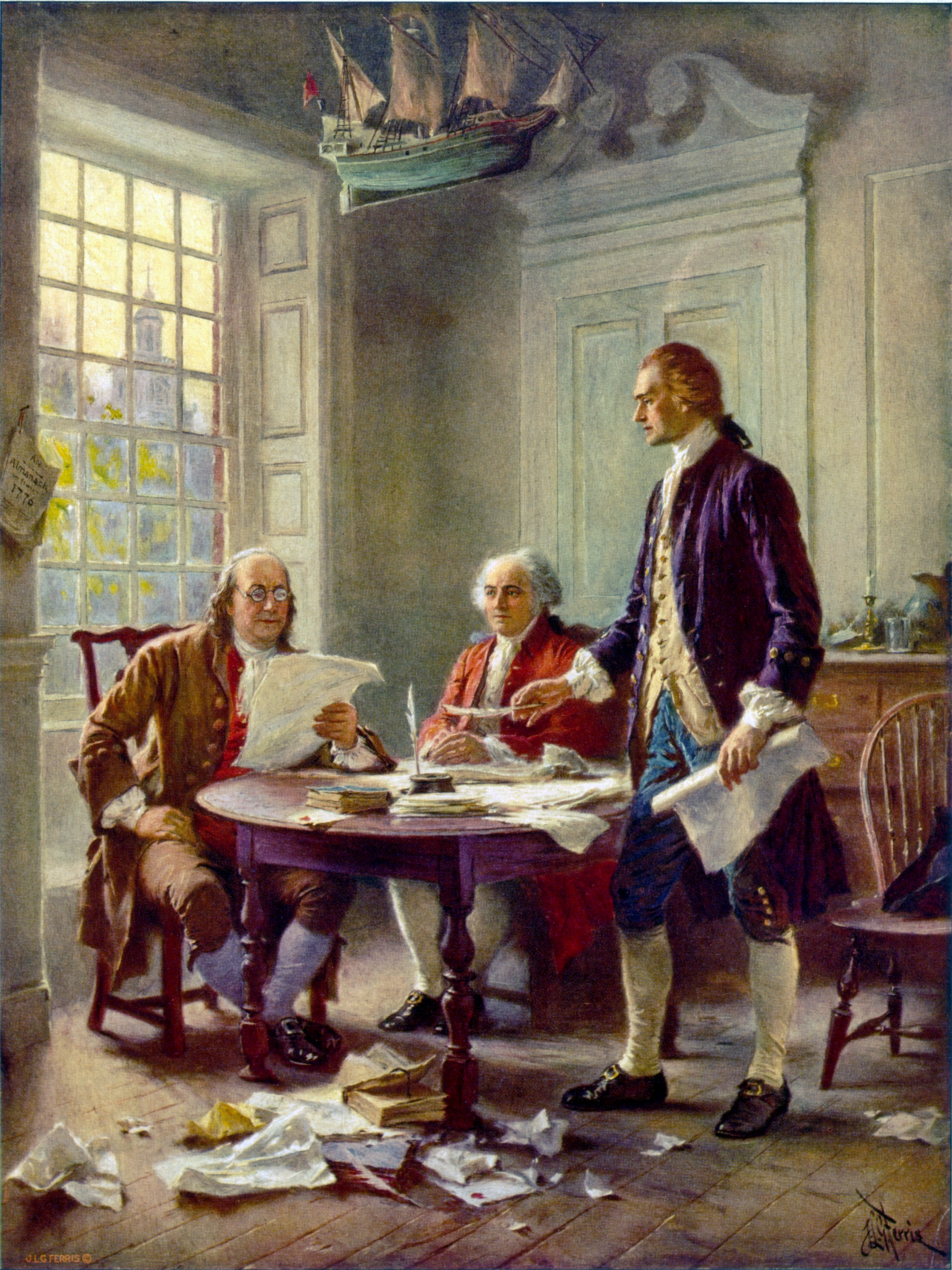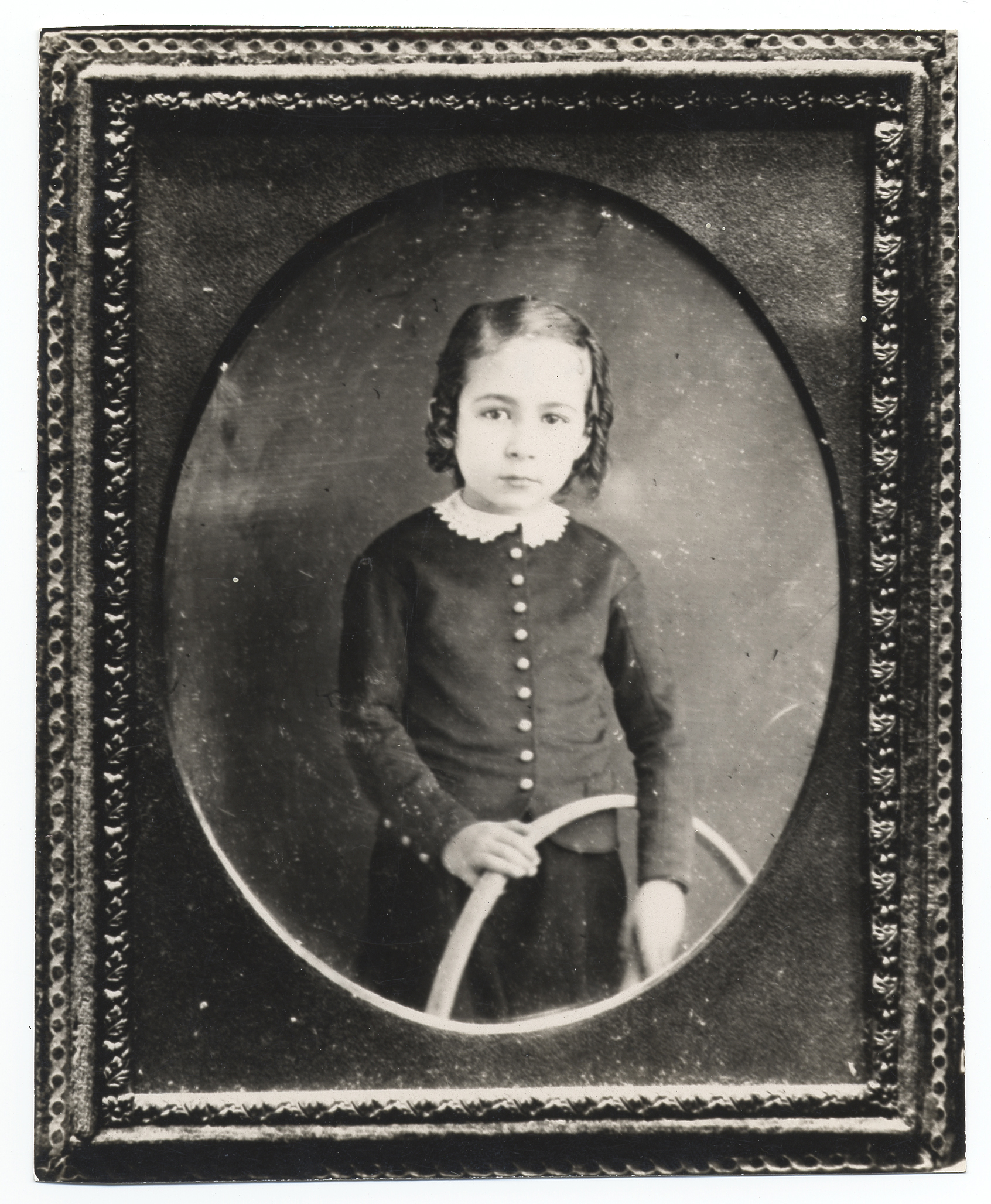|
1899 In Art
The year 1899 in art involved some significant events. Events * December 15 – Glasgow School of Art opens its new building, the most notable work of Charles Rennie Mackintosh. * Camille Pissarro takes an apartment overlooking the Tuileries Garden in Paris and produces a series of paintings of the view. Works * José Ferraz de Almeida Júnior – ''Saudade'' * Wilhelm Amberg – '' Lost in Thoughts'' (approx. date) * Ottó Baditz – '' Women in the Prison'' * Louis-Ernest Barrias – '' Nature Unveiling Herself Before Science'' * George Edwin Bissell – Statue of Chester A. Arthur (bronze, New York City) * Pierre Bonnard – ''Little Girl with a Cat'' * Léon Bonnat – '' Marie Georgine de Ligne'' * Jules Dalou – '' Monument à Alphand'' (Paris) * Thomas Eakins ** ''Portrait of Mary Adeline Williams'' (first version) ** ''Wrestlers'' * Jean Leon Gerome Ferris – '' Signing the Mayflower Compact'' * Daniel Chester French and Edward Clark Potter – Equestrian sta ... [...More Info...] [...Related Items...] OR: [Wikipedia] [Google] [Baidu] |
December 15
Events Pre-1600 * 533 – Vandalic War: Byzantine general Belisarius defeats the Vandals, commanded by King Gelimer, at the Battle of Tricamarum. * 687 – Pope Sergius I is elected as a compromise between antipopes Paschal and Theodore. *1025 – Constantine VIII becomes sole emperor of the Byzantine Empire, 63 years after being crowned co-emperor. *1161 – Jin–Song wars: Military officers conspire against the emperor Wanyan Liang of the Jin dynasty after a military defeat at the Battle of Caishi, and assassinate the emperor at his camp. *1167 – Sicilian Chancellor Stephen du Perche moves the royal court to Messina to prevent a rebellion. * 1256 – Mongol forces under Hulagu enter and dismantle the Nizari Ismaili (Assassin) stronghold at Alamut Castle (in present-day Iran) as part of their offensive on Islamic southwest Asia. * 1270 – The Nizari Ismaili garrison of Gerdkuh, Persia surrender after 17 years to the Mongols. * 1467 – S ... [...More Info...] [...Related Items...] OR: [Wikipedia] [Google] [Baidu] |
Pierre Bonnard
Pierre Bonnard (; 3 October 186723 January 1947) was a French painter, illustrator and printmaker, known especially for the stylized decorative qualities of his paintings and his bold use of color. A founding member of the Post-Impressionist group of avant-garde painters Les Nabis, his early work was strongly influenced by the work of Paul Gauguin, as well as the prints of Hokusai and other Japanese artists. Bonnard was a leading figure in the transition from Impressionism to Modernism. He painted landscapes, urban scenes, portraits and intimate domestic scenes, where the backgrounds, colors and painting style usually took precedence over the subject. Early life and education Pierre Bonnard was born in Fontenay-aux-Roses, Hauts-de-Seine on 3 October 1867. His mother, Élisabeth Mertzdorff, was from Alsace. His father, Eugène Bonnard, was from the Dauphiné, and was a senior official in the French Ministry of War. He had a brother, Charles, and a sister, Andrée, who in 18 ... [...More Info...] [...Related Items...] OR: [Wikipedia] [Google] [Baidu] |
Paul Gauguin
Eugène Henri Paul Gauguin (, ; ; 7 June 1848 – 8 May 1903) was a French Post-Impressionist artist. Unappreciated until after his death, Gauguin is now recognized for his experimental use of colour and Synthetist style that were distinct from Impressionism. Toward the end of his life, he spent ten years in French Polynesia. The paintings from this time depict people or landscapes from that region. His work was influential on the French avant-garde and many modern artists, such as Pablo Picasso and Henri Matisse, and he is well known for his relationship with Vincent and Theo van Gogh. Gauguin's art became popular after his death, partially from the efforts of dealer Ambroise Vollard, who organized exhibitions of his work late in his career and assisted in organizing two important posthumous exhibitions in Paris. Gauguin was an important figure in the Symbolist movement as a painter, sculptor, printmaker, ceramist, and writer. His expression of the inherent meaning of the ... [...More Info...] [...Related Items...] OR: [Wikipedia] [Google] [Baidu] |
Equestrian Statue Of Ulysses S , the fictional nation in which the television s ...
The word equestrian is a reference to equestrianism, or horseback riding, derived from Latin ' and ', "horse". Horseback riding (or Riding in British English) Examples of this are: *Equestrian sports *Equestrian order, one of the upper classes in ancient Rome *Equestrian statue, a statue of a leader on horseback *Equestrian nomads, one of various nomadic or semi-nomadic ethnic groups whose culture places special emphasis on horse breeding and riding *Equestrian at the Summer Olympics, a division of Olympic Games competition Other *The ship ''Equestrian'', used to transport convicts from England to Australia, for example Alfred Dancey. See also *Equestria, Pretoria *Equestria Equestria () is the fictional setting of the fourth and fifth generations of the My Little Pony toy line and media franchise, including the animated television series '' My Little Pony: Friendship Is Magic'' and '' My Little Pony: Pony Life''. ... [...More Info...] [...Related Items...] OR: [Wikipedia] [Google] [Baidu] |
Edward Clark Potter
Edward Clark Potter (November 26, 1857 – June 21, 1923) was an American sculptor best known for his equestrian and animal statues. His most famous works are the marble lions, nicknamed ''Patience'' and ''Fortitude'', in front of the New York Public Library Main Branch Early years Born in New London, Connecticut, he grew up in Enfield, Massachusetts, where he lived with his mother Mary and sister Clara. There he went to local schools. At 17, due to his mother's wish that he become a minister, he entered Williston Seminary in Easthampton, Massachusetts, for four years. He entered Amherst College in Amherst, Massachusetts, in the class of 1882. He only attended for three semesters, but later was granted an honorary Master's degree. He studied drawing at the School of the Museum of Fine Arts in Boston with Frederic Crowninshield and Otto Grundmann. There he also did some modelling with the sculptor Truman H. Bartlett. Career In 1883 he became an assistant to Daniel Ches ... [...More Info...] [...Related Items...] OR: [Wikipedia] [Google] [Baidu] |
Daniel Chester French
Daniel Chester French (April 20, 1850 – October 7, 1931) was an American sculptor of the late nineteenth and early twentieth centuries, best known for his 1874 sculpture ''The Minute Man'' in Concord, Massachusetts, and his 1920 monumental statue of Abraham Lincoln in the Lincoln Memorial in Washington, D.C. Family French was the son of Anne Richardson (1811–1856), daughter of William Merchant Richardson (1774–1838), chief justice of New Hampshire; and of Henry Flagg French (1813–1885). His siblings were Henriette Van Mater French Hollis (1839–1911), Sarah Flagg French Bartlett (1846–1883), and William M.R. French (1843–1914). He was the uncle of Senator Henry F. Hollis. Life and career French was born in Exeter, New Hampshire, to Henry Flagg French (1813–1885), a lawyer, judge, Assistant US Treasury Secretary, and author of a book that described the French drain, and his wife Anne Richardson. In 1867, French moved with his family to Concord, Massach ... [...More Info...] [...Related Items...] OR: [Wikipedia] [Google] [Baidu] |
Jean Leon Gerome Ferris
Jean Leon Gerome Ferris (August 8, 1863 – March 18, 1930) was an American painter best known for his series of 78 scenes from American history, entitled ''The Pageant of a Nation'', the largest series of American historical paintings by a single artist. Early life Ferris was born in Philadelphia, Pennsylvania, the son of Stephen James Ferris, a portrait painter who was a devotee of Jean-Léon Gérôme (after whom he was named) and also an admirer of Mariano Fortuny. He grew up around art; he was trained by his father and his uncles Edward Moran and Thomas Moran were both acclaimed painters. Ferris enrolled in the Pennsylvania Academy of the Fine Arts in 1879 and trained further at the Académie Julian beginning in 1883 under William-Adolphe Bouguereau. He also met his namesake Jean-Léon Gérôme, who greatly influenced his decision to paint scenes from American history. Ferris wrote, " érôme'saxiom was that one would paint best that with which he is most familiar". Ca ... [...More Info...] [...Related Items...] OR: [Wikipedia] [Google] [Baidu] |
Wrestlers (Eakins)
''Wrestlers'' is a name shared by three closely related 1899 paintings by American artist Thomas Eakins, ( Goodrich catalog #317, #318, #319). The Los Angeles County Museum of Art (LACMA) owns the finished painting (G-317), and the oil sketch (G-318). The Philadelphia Museum of Art (PMA) owns a slightly smaller unfinished version (G-319). All three works depict a pair of nearly naked men engaged in a wrestling match. The setting for the finished painting is the Quaker City Barge Club (defunct), which once stood on Philadelphia's Boathouse Row. History Eakins painted a series of works depicting scullers on the Schuylkill River in the 1870s. In the late 1890s, he painted three major works depicting boxers—'' Taking the Count'' (1898), Yale University Art Gallery; '' Salutat'' (1898), Addison Gallery of American Art; '' Between Rounds'' (1899), Philadelphia Museum of Art. On May 22, 1899, Eakins had two wrestlers pose in his 4th-floor studio at 1729 Mount Vernon Street, ... [...More Info...] [...Related Items...] OR: [Wikipedia] [Google] [Baidu] |
Portrait Of Mary Adeline Williams
''Portrait of Mary Adeline Williams'' is the title given to two separate oil on canvas paintings by Thomas Eakins, each depicting Mary Adeline Williams (1853–1941), known familiarly to the Eakins family as "Addie". The first painting, now in the Art Institute of Chicago, was completed in 1899, and portrays the subject with a serious demeanor. The second portrait, in the Philadelphia Museum of Art, was painted in 1900, and is more emotionally expressive. The contrast between the paintings has been called "Perhaps the most famous example of Eakins's transforming a sitter dramatically while maintaining the effect of severe realism." Background Mary Adeline Williams was a longtime friend of the Eakins family, a best friend to Eakins' younger sister Margaret, and a distant relation through marriage; she would later say that Thomas Eakins "was like a big brother to me."Sewell et al. 2001, p. 268.Goodrich, Vol. II, 1982. p. 171. As early as 1867 Eakins took a protective interest in her ... [...More Info...] [...Related Items...] OR: [Wikipedia] [Google] [Baidu] |
Thomas Eakins
Thomas Cowperthwait Eakins (; July 25, 1844 – June 25, 1916) was an American realist painter, photographer, sculptor, and fine arts educator. He is widely acknowledged to be one of the most important American artists. For the length of his professional career, from the early 1870s until his health began to fail some 40 years later, Eakins worked exactingly from life, choosing as his subject the people of his hometown of Philadelphia. He painted several hundred portraits, usually of friends, family members, or prominent people in the arts, sciences, medicine, and clergy. Taken ''en masse'', the portraits offer an overview of the intellectual life of contemporary Philadelphia; individually, they are incisive depictions of thinking persons. In addition, Eakins produced a number of large paintings that brought the portrait out of the drawing room and into the offices, streets, parks, rivers, arenas, and surgical amphitheaters of his city. These active outdoor venues allo ... [...More Info...] [...Related Items...] OR: [Wikipedia] [Google] [Baidu] |






